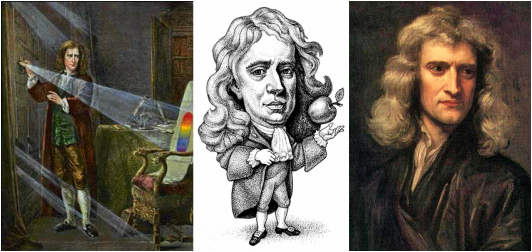
In particular, the physicochemical nature of homeopathic medicinal products obtained by the sequential dilution method is often the subject of research. Today, the literature covers a lot of research related to the scientific validation of homeopathy and to technical issues related to a comparison of this discipline with pharmacology. In other words, this axiom is a phenomenon that has been part of human history from the very beginning and was used in various periods of our development, and continues in a similar form to the present day. This is the primary axiom of homeopathy, often referred to as the “Law of Similars.” It dates back to Hippocrates (460–377 BC) and even as far back as mankind’s early development and was accepted very early by the ancients and perhaps even before those times. The empirical observation of homeopathy (in Greek “homeo pathos”) is the way of considering “like cures like” the phenomenon that a sickness can be healed by an ingredient that produces similar symptoms in a healthy person. The amount and the delivery of the medicine can be varied however, its fundamental importance to homeopathy is critical.

The entire scientific development of homeopathy is related to the ancient empirical observation that a disease can be cured by a substance (known as the remedy) that produces similar medical symptoms in a healthy person. Not least because it is central to the social and economic development of society. On the other hand, due to the increasing use of homeopathy (it is now used by over 30 million people in Europe), studies of its medical effectiveness and the theoretical basis of its action are important.

Despite the great advances in instrumental engineering and the basic science available in the field of biochemical research, there is still no scientific explanation for homeopathy. Today it works as a result of Hahnemann’s ideas and experiments developed in the late 18th and early 19th centuries and spread to different continents and was preserved in the same form for about 200 years. After Samuel Hahnemann described the routine of homeopathy in the late 18th century, this activity has continued in an optimized way up to the present day. It was positively considered during different periods of our development in a non-optimal form when the therapy had not yet been optimized. Homeopathy has been a medical phenomenon since the beginning of human history. The final understanding of the Simillimum in the thermodynamic model was illuminated and wide-opened its duality with the ill person’s key compound. At a low remedy concentration, the molecular crowding becomes negligible while the formation of the Simillimum and the re-establishment of the initial equilibrium will take place continuously and cure the person who is ill. For kinetic reasons, this will aggravate the re-establishment of the initial equilibrium and consequently worsen or even interrupt the medical treatment. However, this will also induce a molecular crowding in the cells of the ill person. When a remedy occurs in the human cell of a healthy person and forms a reaction product (Simillimum) that induces the finest medical symptoms of an ill person, then remedies entering the cell of the ill person will form identical Simillimum molecules and re-establish the initial equilibrium of the healthy state and cure the ill person. The second elementary law of homeopathy, the Law of the Infinitesimals, was explained based on a kinetic model.

In addition, homeopathic aggravation is considered on the basis of the Law of Mass Action and the role of the small remedy concentration in some high-profile models is revisited. In addition, a single remedy reaction-product species, when it is in excess, as well as satisfying the kinetic equilibrium, is a necessary and sufficient condition to force the new biochemical equilibrium in the direction of the basic original equilibrium associated with a healthy state. It is revealed that a high dilution accompanied by succession is required to release the remedies to their constituent molecular species in order to increase their activity when taking part in the biochemical equilibrium that is essential for healing. The Le Chatelier principle was applied to the biochemical equilibrium compartmentalized in the individual human cells of an ill person to explain the curing based on the re-establishment of the starting equilibrium of a healthy person when using a remedy. The well-known definition of disease, which Samuel Hahnemann presented in a tentative theory for his new science and art of healing, is used as the starting point for the thermodynamic model of homeopathy.


 0 kommentar(er)
0 kommentar(er)
